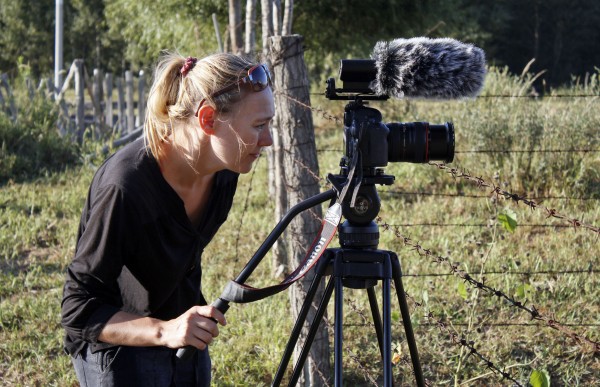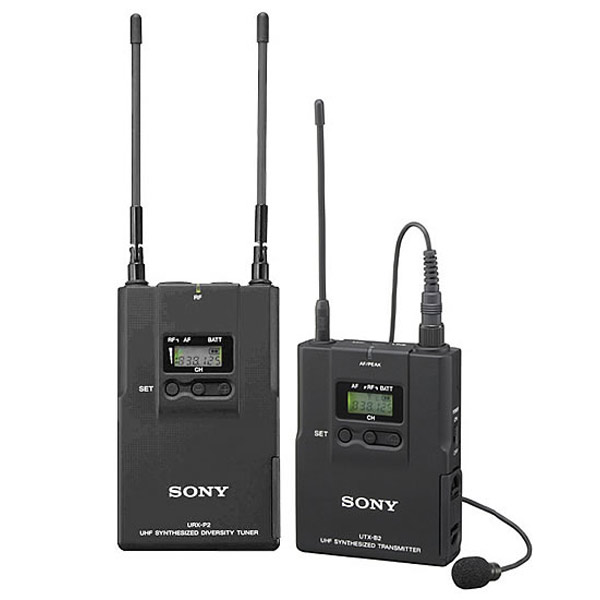Guest post by Sharron Lovell:
China’s rural to urban migration has always fascinated me; my first ever student project was documenting China’s Three Gorges dam. I’d read about the scale of the migration so I travelled to China to witness it for myself. I spent time cruising the Yangtze, capturing on camera the fast-disappearing old villages and towns.
Even more shocking than the scale of the migration was the way that rural communities were being squeezed into high-rise apartments in diabolically planned new cities. Villagers complained that while they had new houses, their lives and livelihoods had been taken away. I did another project (Living in the Shadows) in 2008 with David Campbell. This time it was a more typical Chinese migration scenario; rural parents moving to Shanghai in search of a better life for their kids, even if that sometimes meant leaving their offspring behind.
The idea for ‘Ahong’s story‘ came after reading a research report claiming that more than half of young migrant males received such low wages that many were ashamed to ask girls for dates. I thought of doing a migrant love story featuring both male and female perspectives. But then I chanced upon Ahong. His story encapsulates the wider experience and frustration of young migrants and his self-awareness and honesty are compelling. He really expresses how conflicting it is for rural youth to migrate and have all these new opportunities and changed life expectations and at the same time have such limited chances of actually achieving them. Socially, he seems in a total no man’s land, no longer able to relate to his old friends but disconnected from urban youth in Beijing. He has little time or money to build a real life.
I had limited time with Ahong, because of his busy schedule. I knew at the time I likely only had one shot and focused on getting a really intimate interview. I wanted people to connect with Ahong and I wanted to show more than a one-dimensional ‘migrant character’. I wanted to shoot another session to get some visually stronger b-roll, but sadly Ahong left on a trip out of town before I could do this.


My equipment was low-key to suit the assignment, which was a good move as it was difficult to get Ahong to talk initially, although once he started he couldn’t stop.
The set up I used was very simple: a Canon 5D mkII, Sony UWP wireless lavaliere and a Rode Videomic. The Sony lav has become a key piece of my equipment, small and innocuous enough to carry everywhere and deliver good quality audio plugged straight into camera via minijack, with no XLR boxes or separate recorders. Of course there are better options, but it works for me. A PBS senior producer even asked me how I got such good audio. Lenses were a fixed 24mm, 50mm and 70-200mm, all carried in Thinktank’s wired-up bag, which I love.
I edited two versions, one for Global Post and one for PBS Newshour. Both were edited in Adobe Premiere.
Sharron Lovell is a multimedia journalist and educator based in China. You can see more of her work in her website.






